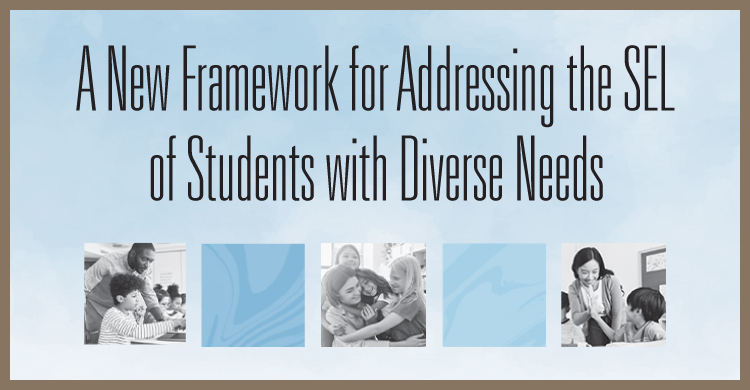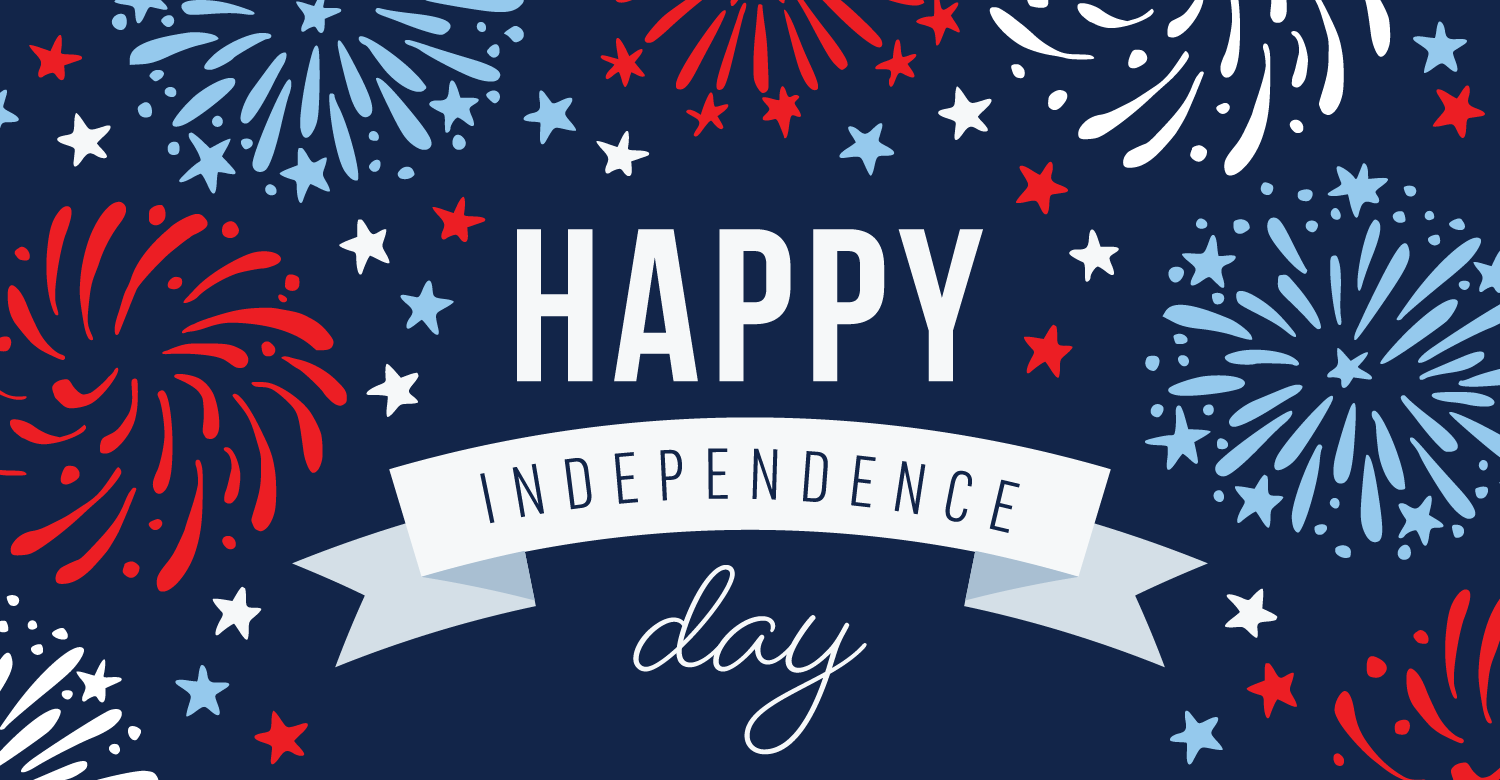At first glance, the title of my book Raising Equity Through SEL: A Framework for Implementing Trauma-Informed, Culturally Responsive Teaching and Restorative Practices may read to some like many buzzwords to cover in one source. Social and emotional learning (SEL) alone is a behavioral framework focusing on self and social awareness competencies and responsible decision-making (CASEL, 2020b).
The title includes trauma-informed, culturally responsive teaching and restorative justice, so readers know that the book is not just about SEL. Instead, it guides for assisting multiple student needs by implementing practices from these pedagogies through an equity and SEL integration framework. This book is written to help begin or strengthen your equity journey by paying close attention to your own emotional intelligence (EQ) and the EQ of those around you.
Like past education initiatives, SEL was thrust into the national spotlight. Teachers everywhere have tried to implement it—many without adequate background in the topic, school leadership support, and while enduring political pressure. Additionally, there’s been much pushback on SEL in spaces where SEL and emotional regulation are overdone and presented as a panacea for problems facing educators and students unprepared to learn (Blad, 2020).
This book focuses on the equity topics and SEL needs of vulnerable students. I attempt to do this by keeping research integrity (engaging in action research and citing authentic sources) and doing my best not to alienate skeptical readers. My research and work with schools inform me that teachers become frustrated when their self-efficacy is threatened by questionable policies and relentless new mandates, particularly during a pandemic like that of COVID-19. Having a set of trusted pedagogical strategies can help teachers improve SEL practice over time—even under extreme pressure.
The Reason for a Framework to Incorporate Equity and SEL Into Lessons
SEL advances equity and collaborative learning environments and leads students and educators to co-create thriving schools. I developed the five-step Equity and SEL Integration Framework to help teachers seamlessly and equitably incorporate SEL into their daily and weekly lesson plans. The five-step Equity and SEL Integration Framework uses the CASEL 5, and emotional intelligence as the foundation for developing the cultural intelligence educators need to personalize SEL plans. These five steps are fully explained in the book’s first five chapters:
- Learn the basics of the CASEL 5 and emotional intelligence.
- Assess your unconscious biases and beliefs about students.
- Improve your knowledge of your students.
- Help students develop emotional intelligence skills.
- Activate SEL in your lessons (curriculum).
The framework also guides them with key strategies for restoring justice, becoming trauma-informed, and being culturally responsive toward the students they serve. Each step is supported by research and is grounded in sound teaching practices that are actionable and replicable in any classroom. This new book aims to provide teachers with strategies for beginning this work either independently or with colleagues—ideally, within a grade- or department-level team that shares students.
Not all educators teach in districts where SEL training is readily available. Even where training is available, educators don’t always have a clear road map to understand or implement related pedagogies such as restorative justice, trauma-informed teaching, and culturally responsive teaching. Combining these pedagogies to do SEL effectively and equitably is vital for educators. In SEL, we teach students to better understand themselves, their environment, and others. We cannot do this effectively without cultural or social competence with the students we serve. Therefore, filling in our knowledge gaps and adapting sound practices are necessary for equitably activating SEL in our classrooms and school buildings.
Here’s a glimpse of how the book addresses updating our SEL plans with trauma-informed teaching, culturally responsive teaching and restorative justice.
Trauma-Informed SEL
All students have experience with some form of emotional pain, perhaps through fears, bullying, disappointment, or an unexpected loss. However, many of them are dealing with overwhelming traumatic difficulties both at home and in the community. Trauma isn’t confined to one situation or event. It can comprise many areas, and teachers need to be aware and prepared.
Many students cannot cope and do not have the emotional intelligence skills to regulate their emotions or seek the help they need. The US average of child abuse and neglect victims in 2015 was 683,000, or 9.2 victims per 1,000 students (Zarrabi, 2020). The following list, featuring data from a report by the Substance Abuse and Mental Health Services Administration (2020), details just how pervasive experiences of trauma are among students.
- More than two-thirds of students report at least one traumatic event by age sixteen.
- One in four high school students has been in at least one physical fight.
- One in five high school students has been bullied at school; one in six experiences cyberbullying.
- Nineteen percent of injured and 12 percent of physically ill youth have post-traumatic stress disorder.
- Fifty-four percent of U.S. families have been affected by some type of disaster.
As we can see, teachers are interacting with many students who are adversely impacted by traumatic experiences; SEL plans in schools, therefore, should include trauma- informed teaching strategies to serve these students appropriately. The Equity and SEL Integration Framework is designed to help us implement trauma-informed teaching.
Educators who understand trauma and its impacts can help students begin to heal by collaborating with them to establish healthy relationships and safe spaces where positive interactions, acceptance, unconditional regard, and kind speech are commonplace. SEL is the vehicle many educators use for carrying out and normalizing trauma-informed pedagogy in their classrooms (Jagers, Rivas-Drake, & Borowski, 2018). Educators can tailor SEL lessons to meet the needs of students who’ve experienced trauma by providing them with the emotional intelligence acuity for recognizing their emotional trauma.
Culturally Responsive SEL
Integrating SEL into the instructional day and academic programs is critical for continuous growth in several areas, including relationship building (Durlak et al., 2011)—and it is a real equity raiser for many students. Empathizing with others is an essential relationship-building skill that students typically learn through the CASEL 5’s social awareness competency as part of SEL. Step 3 of the Equity and SEL Integration Framework uplifts this skill (Valenzuela, 2021). Students often learn empathy through the teaching of SEL-specific strategies, such as learning social cues, being in someone else’s shoes, using optical illusions to understand perspective-taking, and seeing the other sides of opinions (Scully, 2019). However, teachers can make SEL culturally responsive when they intentionally frame empathy and related skills, such as perspective-taking, understanding, and compassion for others, to help connect students with different cultures, backgrounds, or identities.
Educators who include culturally responsive teaching in their SEL plan realize over time that a one-size-fits-all approach to SEL will not raise equity for culturally and linguistically diverse learners; it will not give them a sense of belonging to the learning community they attend (Wiglesworth et al., 2016). A one-size-fits-all approach doesn’t acknowledge the learners’ cultural identities or help others view them as assets to be celebrated and reflected in the curriculum. Unfortunately, this type of SEL becomes a surface-level display of polite manners and smiles, which does little for the social-emotional health of marginalized students. Now that thousands of K–12 schools and districts are applying SEL as a fundamental component of student success, many committed educators want to ensure that their SEL practices are culturally responsive and equitable for their learners who belong to historically marginalized groups (CASEL, 2021; Seider & Graves, 2020; Taylor et al., 2017). To make SEL more culturally responsive, educators must understand what it means for someone to experience marginalization and how it can occur for students in their classrooms.
Restorative SEL
Creating emotionally safe classrooms that are conducive to learning for students requires their buy-in—which can be difficult to gain when conflicts arise between them. This chapter aims to assist you with updating your SEL plan with restorative justice. Restorative justice involves practices that ensure as much restitution for victims as possible while also rehabilitating the offender to prevent them from committing future harms.
Schools and teachers looking to solve student conflict in a peaceful way, in structured steps, and with long-lasting effects can benefit from adopting restorative justice practices in their classrooms. Inspired by global Indigenous traditions and values, restorative justice philosophy stresses bringing together all concerned individuals whenever wrongdoing occurs (Marsh, 2019).
School administrations can use restorative practices and restorative justice to redesign schools and classrooms as restorative environments where learners are validated, supported, and taught to manage conflict through dialogue, shared agreements, healing, and relationship building (We Are Teachers Staff, 2021). When conducted correctly, restorative justice practices can complement SEL programs and help raise equity for students in conflict—especially those who may be afraid to advocate for themselves. That being said, restorative justice skills can be implemented using the Equity and SEL Integration Framework. And although there are differences in their approaches, SEL and restorative practices share common characteristics to systematically raise equity in schools (CASEL, 2020a).
Final Thoughts
The Equity and SEL Integration Framework and practices in this book can support SEL for diverse groups of students by meeting them where they are without judgment. The framework can also be used to unite colleagues. I hope the lessons in this book begin as inspiration and the strategies eventually become learned mindsets where both teachers and students support and care for one another more intentionally.
References
Blad, E. (2022, June 23). There’s pushback to social-emotional learning. here’s what happened in one state. Education Week. Retrieved September 13, 2022, from www.edweek.org/education/theres -pushback-to-social-emotional-learning-heres-what-happened-in-one-state/2020/02
Collaborative for Academic, Social, and Emotional Learning. (2020a). Restorative practices and SEL alignment. Accessed at schoolguide.casel.org/resource/restorative-practices-and-sel -alignment on December 15, 2021.
Collaborative for Academic, Social, and Emotional Learning. (2020b). SEL framework: What are the core competence areas and where are they promoted? Accessed at casel.s3.us-east-2 .amazonaws.com/CASEL-SEL-Framework-11.2020.pdf on December 15, 2021.
Collaborative for Academic, Social, and Emotional Learning. (2021). What does the research say? Accessed at casel.org/fundamentals-of-sel/what-does-the-research-say on December 15, 2021.
Durlak, J. A., Weissberg, R. P., Dymnicki, A. B., Taylor, R. D., & Schellinger, K. B. (2011). The impact of enhancing students’ social and emotional learning: A meta-analysis of school-based universal interventions. Child Development, 82(1), 405–432.
Jagers, R. J., Rivas-Drake, D., & Borowski, T. (2018, November). Equity and social and emotional learning: A cultural analysis (Frameworks Brief ). Chicago: Collaborative for Academic, Social, and Emotional Learning.
Marsh, C. (2019, November 1). Honoring the global Indigenous roots of restorative justice: Potential restorative approaches for child welfare. Accessed at https://cssp.org/2019/11/honoring-the-global -indigenous-roots-of-restorative-justice on May 11, 2022.
Scully, K. (2019, August 13). 20+ strategies for teaching empathy. Accessed at www.thepathway2success .com/20-strategies-for-teaching-empathy on December 20, 2021.
Seider, S., & Graves, D. (2020, January 9). Making SEL culturally competent. Accessed at www .edutopia.org/article/making-sel-culturally-competent on December 20, 2021.
Substance Abuse and Mental Health Services Administration. (2020). Understanding child trauma. Accessed at www.samhsa.gov/child-trauma/understanding-child-trauma on December 20, 2021.
Taylor, R. D., Oberle, E., Durlak, J. A., & Weissberg, R. P. (2017). Promoting positive youth development through school-based social and emotional learning interventions: A meta- analysis of follow-up effects. Child Development, 88(4), 1156–1171.
Valenzuela, J. (2021). SEL in action: Tools to help students learn and grow. Portland, OR: International Society for Technology in Education. Accessed at https://my.iste.org/s/store#/store /browse/detail/a1w1U000002ayPuQAI on September 8, 2022.
We Are Teachers Staff. (2021, July 27). What teachers need to know about restorative justice. Accessed at www.weareteachers.com/restorative-justice on December 20, 2021.
Wiglesworth, M., Lendrum, A., Oldfield, J., Scott, A., ten Bokkel, I., Tate, K., et al. (2016). The impact of trial stage, developer involvement and international transferability on universal social and emotional learning programme outcomes: A meta-analysis. Cambridge Journal of Education, 46(3), 347–376.
Zarrabi, G. (2020, June 14). The impacts of trauma on child development. Accessed at https:// harbormentalhealth.com/2020/06/14/the-impacts-of-trauma-on-child-development on May 8, 2022.






